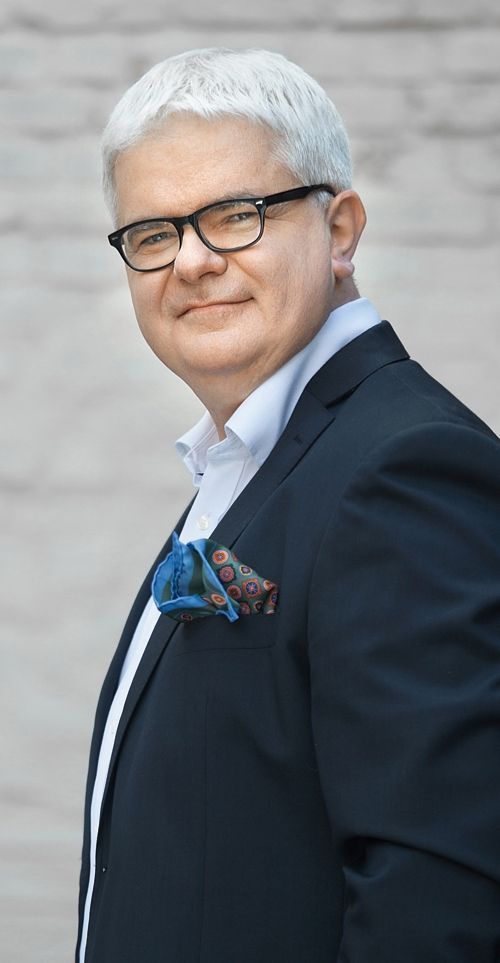I don’t know a single motorist who likes car pillars, the vertical elements that separate the individual windows. They need to be as thin as possible, particularly around the windscreen where they limit visibility, but on the other hand these solid supports save lives when a car rolls over. One large automotive concern has patented quite a clever fix – seemingly transparent pillars. Curiously, this wasn’t achieved by using some cosmic new material or sophisticated electronics. In fact, they aren’t really transparent at all: there’s just a clever arrangement of ordinary mirrors, placed in such a way to show the driver what is on the other side. I’d swear that it was a Slav who came up with this idea and made the prototype out of some old looking-glass from his grandmother’s wardrobe, together with a torn umbrella and a freshly-chewed piece of gum.
A different companycame up with a clever idea for preventing injuries suffered by pedestrians who































































